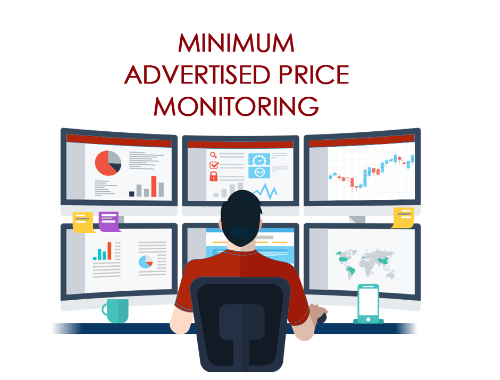Mastering Map Compliance Monitoring for Smarter Business Operations
In today’s competitive market, ensuring that your business complies with Minimum Advertised Price (MAP) policies is more crucial than ever. Proper monitoring not only safeguards your brand value but also strengthens your relationships with retailers. Let’s dive into the essentials of map compliance monitoring and how it can optimize your operations.
Why MAP Compliance Matters
MAP policies are agreements between manufacturers and retailers to set the lowest price at which a product can be advertised. Without compliance, retailers might undercut prices, leading to devaluation of your brand.
Effective map compliance monitoring helps you:
- Protect brand reputation by ensuring consistent pricing.
- Avoid conflicts between retailers competing on price rather than value.
- Build trust with retailers who follow your pricing guidelines.
Key Strategies for MAP Compliance Monitoring
Use Advanced Monitoring Tools
Modern technology offers automated tools that track and report MAP violations across various platforms. These tools scan websites, e-commerce platforms, and social media to detect non-compliance, saving time and effort.
Train Your Team
Educating your team about MAP policies ensures consistent enforcement. They should understand how to identify and address violations effectively.
Act on Violations Swiftly
When a MAP violation occurs, addressing it quickly maintains your authority and signals that compliance is non-negotiable. Communication with violators should be firm yet collaborative, offering guidance to realign their pricing practices.
The Benefits of Monitoring MAP Compliance
By staying vigilant, you can:
- Prevent revenue losses caused by price wars.
- Maintain a level playing field for all your retail partners.
- Strengthen consumer trust by upholding consistent pricing across all platforms.




Comments
Post a Comment